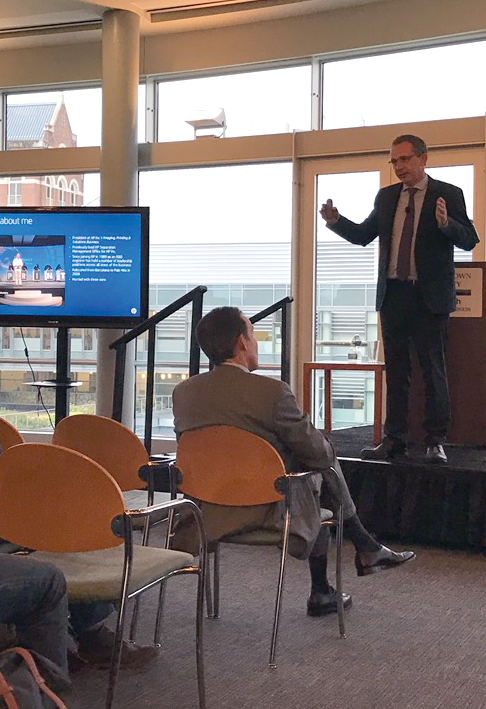
Enrique Lores, president of imaging, printing and solutions business for HP, spoke about adapting to industry change.
Hewlett-Packard is updating its business strategy to address new consumer technology habits and global trends, according to Enrique Lores, president of imaging, printing and solutions business at HP, who spoke at the Rafik B. Hariri Building on Wednesday.
Lores, who has worked at HP for 27 years in various positions, is responsible for HP’s most profitable business — printing — which accounted for up to 42 percent of its operation’s earnings in 2014, according to Quartz.
Lores acknowledged consumers’ widespread view of HP as synonymous with its printing products.
“HP for many consumers means printing,” Lores said.
A 2014 article in Equipment Finance Advisor, an online industry trade publication, expressed the tenor of the times in the digital age by quoting IBISWorld Industry Analyst Omar Khedr, who spoke of the decline of the printing industry.
“Consumers are increasingly favoring digital alternatives, such as online media, over printed materials,” Khedr told Equipment Finance Advisor.
Lores said HP is spearheading its campaign to reinvent printing with the launch of a new portable wireless photo printer for smartphones called the HP Sprocket. Lores’ presentation included a demonstration of the printer, which printed a small picture that was taken on Lores’ phone just minutes earlier.
HP has begun its efforts at growth by trying to reinvent printing and re-establish its relevance in a world dominated by smartphones. Lores suggested with a personal anecdote that printing pictures, for instance, maintains its relevance in a digital age because of the closer sentimental relationships that people can have to physical objects than to digital representations.
Lores explained that his late grandmother would kiss a photograph of her father every night before she went to sleep, but that such a practice does not square with an age of smartphones.
“I can’t see her kissing her phone every night saying goodbye to her father — it’s a different connection,” Lores said.
Lores said that keeping photos in a digital format keeps them from realizing their full potential.
“We need to release the photos from their digital jail,” Lores said. “Everybody takes millions of photos every day. Those photos are in the phone, but they are in jail. They want to be touched, they want to be kissed, they want to see the light of day.”
Lores explained HP’s plan to create growth in its three main printing sectors: home, office and graphics.
On the home front, HP has innovated in the past year by offering customers a subscription service that sends ink before their printer runs out at lower monthly cost — an initiative which has accrued about 1 million subscribers in the U.S.
In business, Lores mentioned HP’s recent $1.05 billion acquisition of Samsung’s printing division in the Republic of Korea, or South Korea. He said HP is attempting to consolidate the office printer market as well as to increase their portfolio in the crucial copier market.
In graphics, Lores said HP is expanding the reach of their current technology to increase efficiency in graphics printers.
Additionally, Lores pointed out that 90 percent of wine labels are printed by HP, and all cans of Coke are printed by HP. The Silicon Valley-based company is also pushing brands to pursue personalization on their products, such as Coke’s recent “Share a Coke” campaign. Along with those efforts, Lores said HP is investing in 3D printing and hopes to see those investments pay off in the near and long-term future.
Anna Jumamil (MSB ’17) said she appreciated HP’s efforts to connect to the millennial generation.
“My idea of HP was that it was a dying industry. I was very interested to know their strategy to make their brand relevant,” Jumamil said. “I really like how he showed their way to make printing connect to millennials by letting them print photos. They found a way to connect to consumers once again.”
Gabe Nelson (MSB ’18) said that HP’s efforts to stay relevant abreast of technological developments were admirable.
“I thought the insights they had to bring to printing in the smartphone-centric world were interesting,” Nelson said. “I was very happy with the presentation and definitely more impressed by HP as a company coming out of this presentation.”



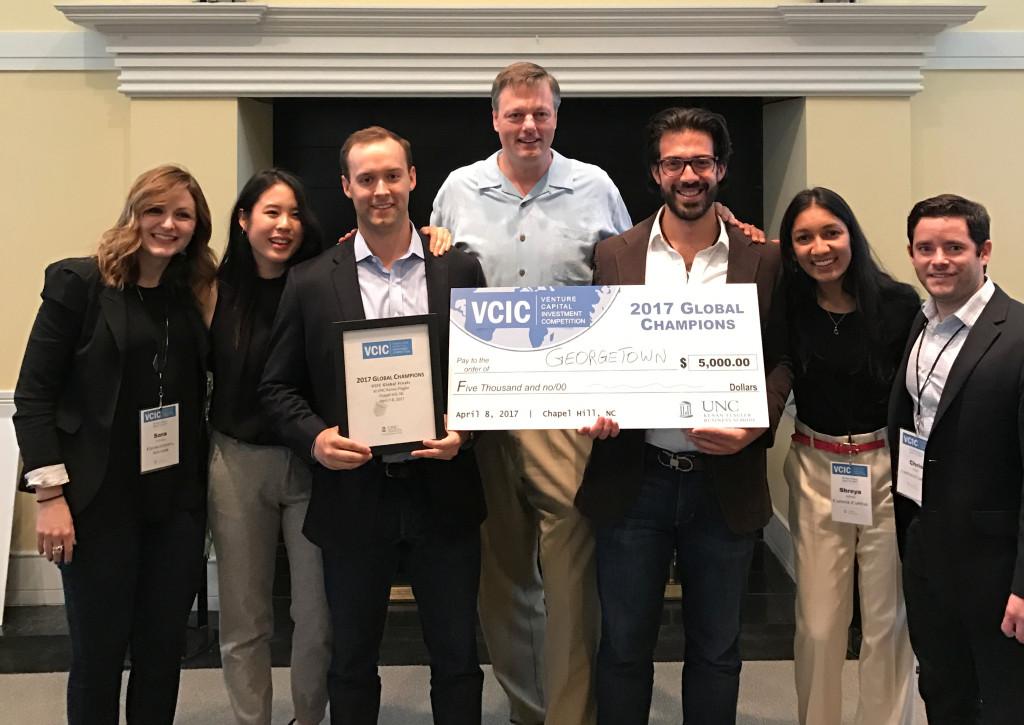
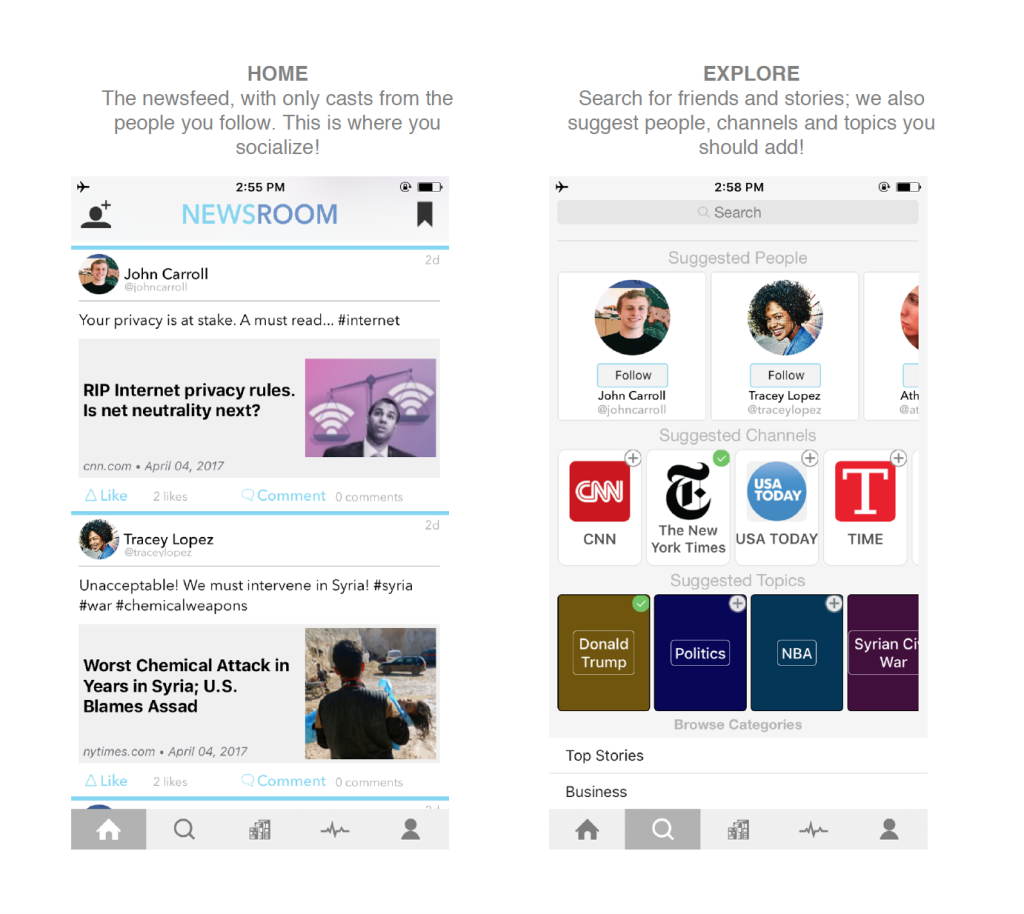
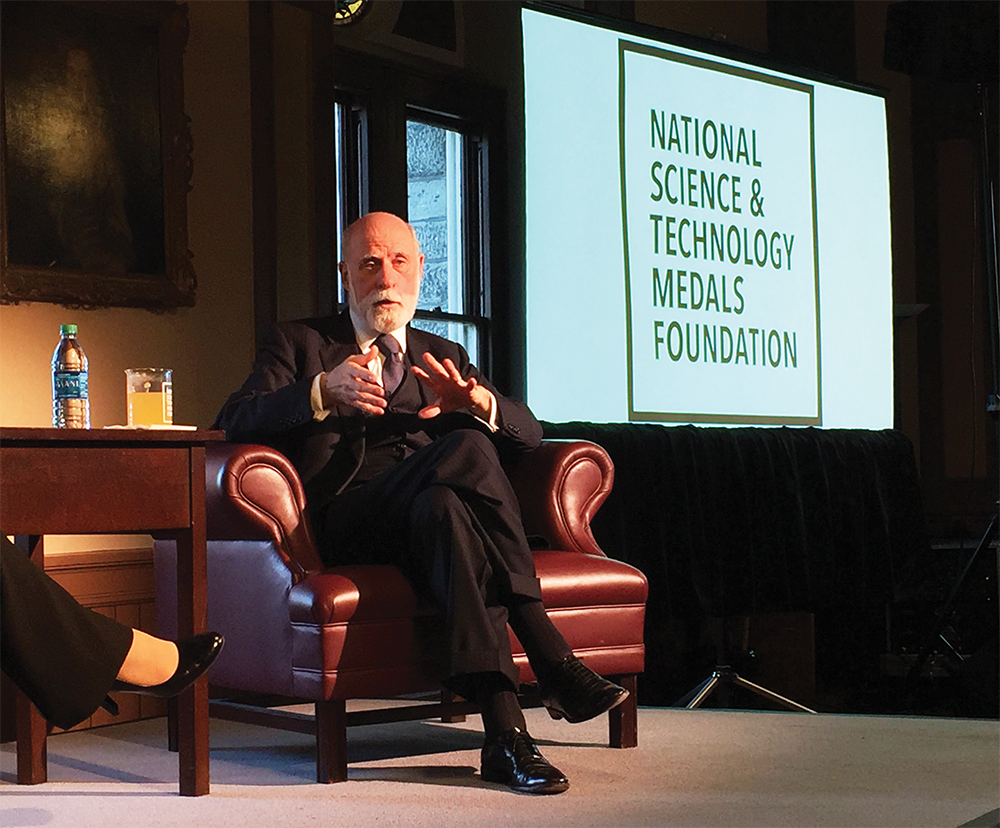
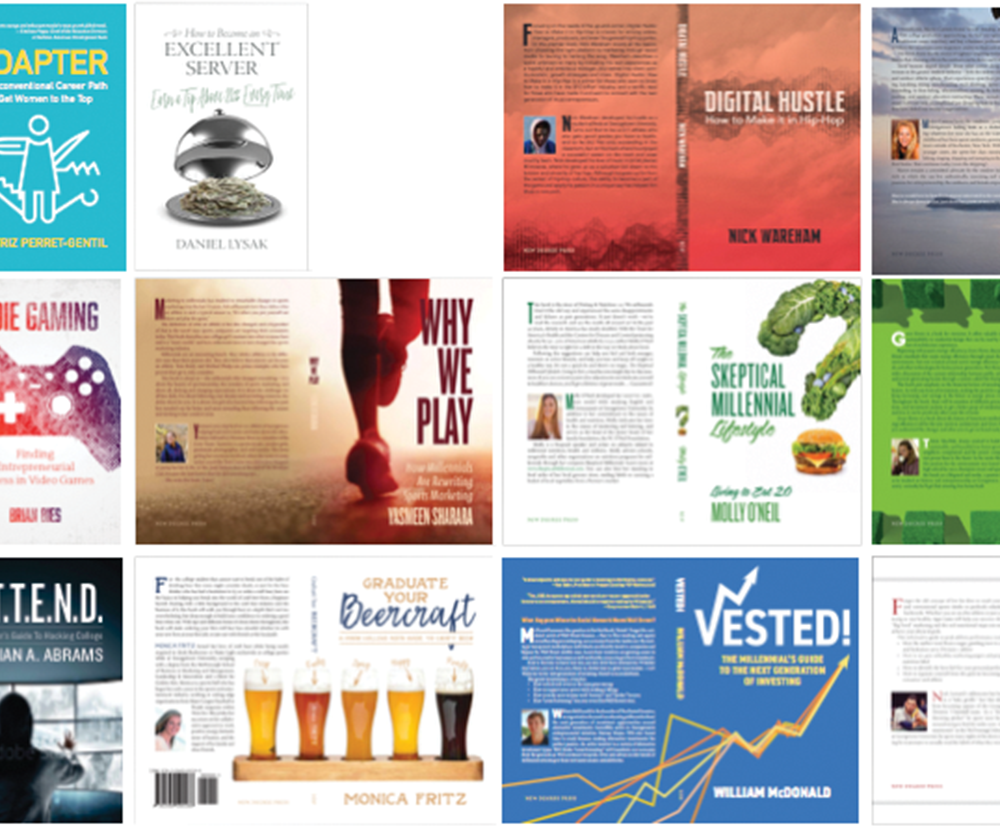
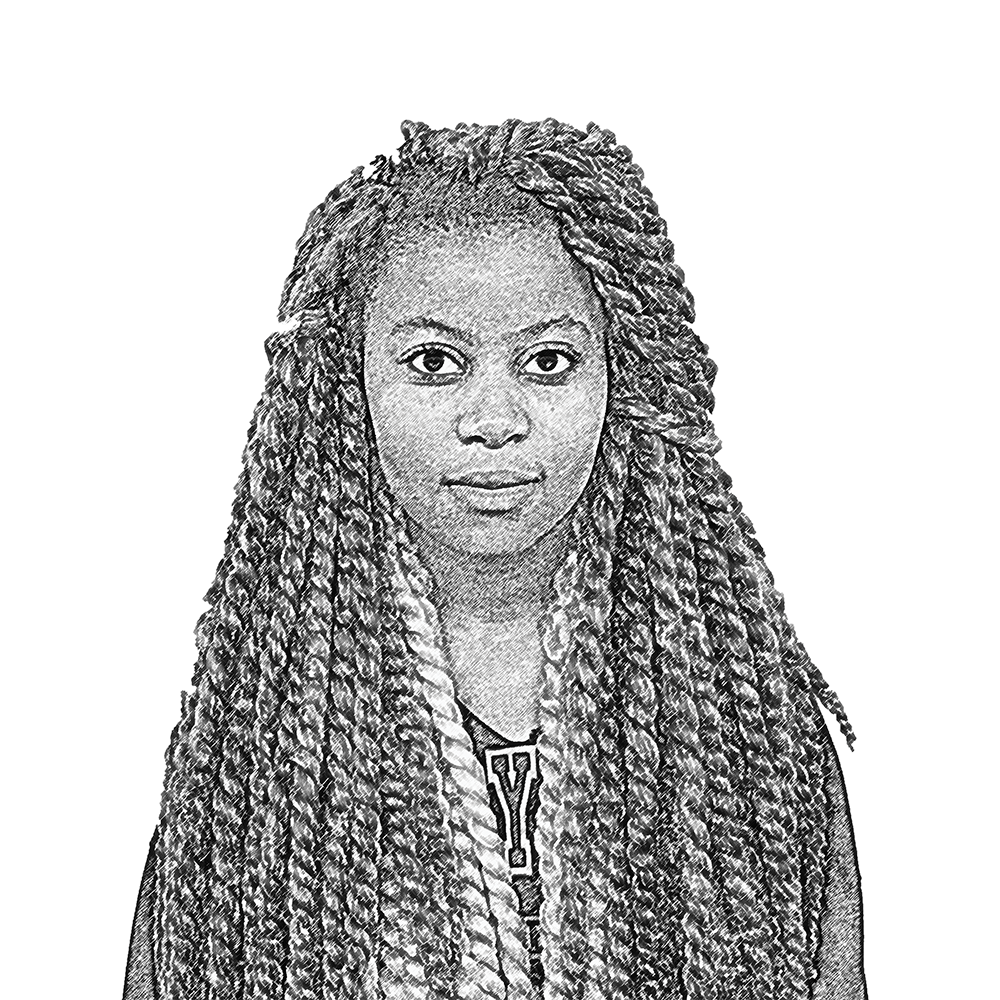





hailey • Aug 26, 2021 at 3:02 am
The T-shirt printing method is a little different because it mainly depends on fabric quality and materials on which you are using. The t-shirt has to go through various processes during printing which are dying, heating, washing, etc. Use the right and appropriate printing method for your clothing product
t-shirt printing
HP Printer Offline Windows 10 • Mar 19, 2021 at 1:15 pm
Exactly, HP is expanding the reach of their current technology to increase efficiency in graphics printers.